Living with pets when you have allergies can be tricky, but it doesn’t mean you have to say goodbye to your furry friends. Many pet lovers find themselves struggling with sneezing, itchy eyes, and stuffy noses, but there are plenty of ways to manage allergies while still enjoying your time with your pets. With a few simple changes around your home and some clever hacks, you can make life with your pet more comfortable without sacrificing the bond you share.
These 17 life hacks are designed to help you live allergy-free, so you don’t have to choose between your health and your pet. From adjusting your cleaning routine to understanding your pet’s needs, these tips offer practical solutions that can make a big difference in reducing allergens. It’s all about finding a balance that works for you and your four-legged companion!
Regular Cleaning Sessions

Keeping your home clean is crucial for managing pet allergies. Regularly vacuum carpets and upholstery to reduce allergens. Use a vacuum cleaner with a HEPA filter designed to trap tiny particles. Consider steam cleaning floors periodically for a deeper cleanse.
Clean pet bedding frequently and wash any blankets they use. Dust hard surfaces with a damp cloth to capture allergens instead of spreading them into the air. Consistency in cleaning routines helps maintain a healthier living space.
Proper cleaning tools and techniques can significantly impact your comfort level. Invest time in maintaining a clean environment to enjoy your pet’s company.
HEPA Air Purifiers
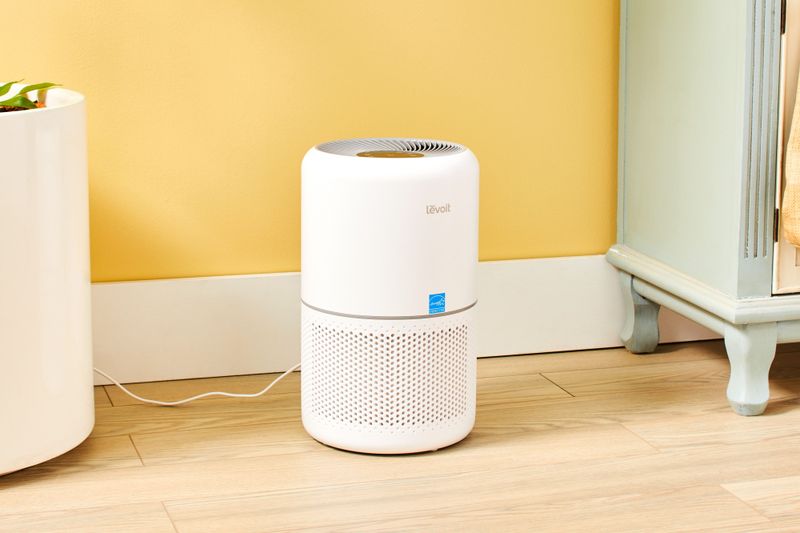
HEPA air purifiers are effective in reducing airborne allergens. Place them strategically in rooms where your pet spends most of their time. These devices work by capturing microscopic particles like pet dander, pollen, and dust mites.
Selecting the right size for the space is vital for optimal performance. Consider units with multiple fan speeds and quiet operation for convenience.
Regular maintenance of air purifiers ensures they function efficiently. Clean or replace filters according to the manufacturer’s instructions. By improving air quality, you’ll breathe easier and minimize allergic reactions while enjoying your pet’s companionship.
Create Pet-Free Zones

Designating pet-free zones in your home can significantly reduce allergy symptoms. Bedrooms are ideal for such zones, providing a haven from allergens. Keep the door closed and discourage your pet from entering.
Use hypoallergenic pillow covers and mattress protectors for added protection. This separation helps minimize exposure during sleep, when allergies can be most disruptive.
Consistency in enforcing pet-free zones is key. It may take some time for pets to adjust, but the reduction in allergens makes it worthwhile. Enjoy restful nights with fewer interruptions by maintaining these areas.
Allergen-Reducing Pet Shampoos
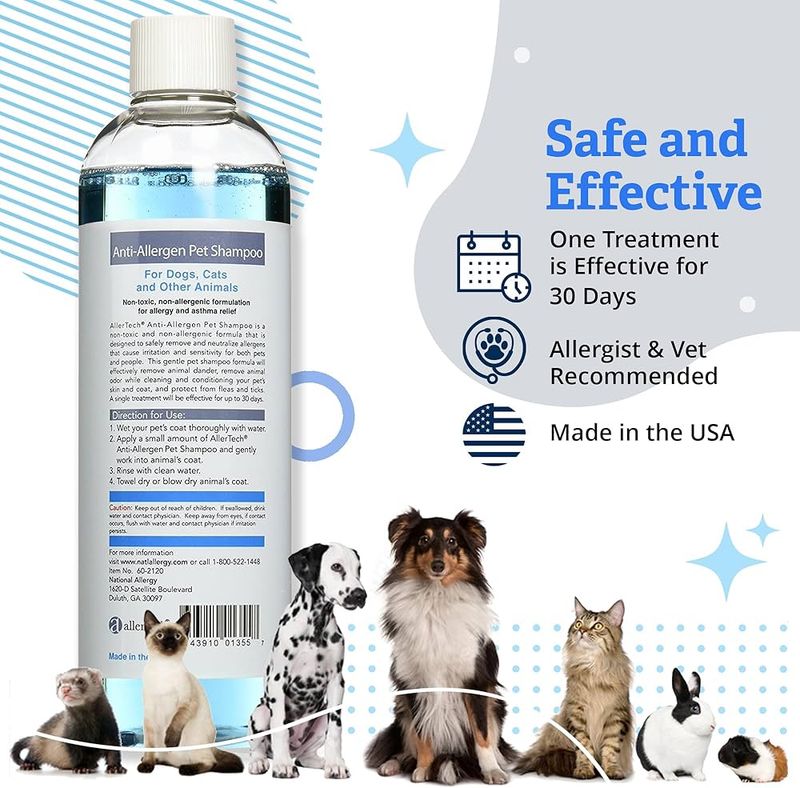
Bathing your pet with allergen-reducing shampoos can help lower dander levels. These specialized shampoos are designed to neutralize proteins that trigger allergies. Regular baths, ideally once a week, can make a noticeable difference.
Ensure the water temperature is comfortable, and use gentle motions to avoid stressing your pet. A good rinse is essential to remove any shampoo residue that might irritate their skin.
This routine not only benefits allergy sufferers but also contributes to your pet’s overall hygiene. Clean pets are happier and healthier, making bath time a worthwhile investment.
Change HVAC Filters Regularly
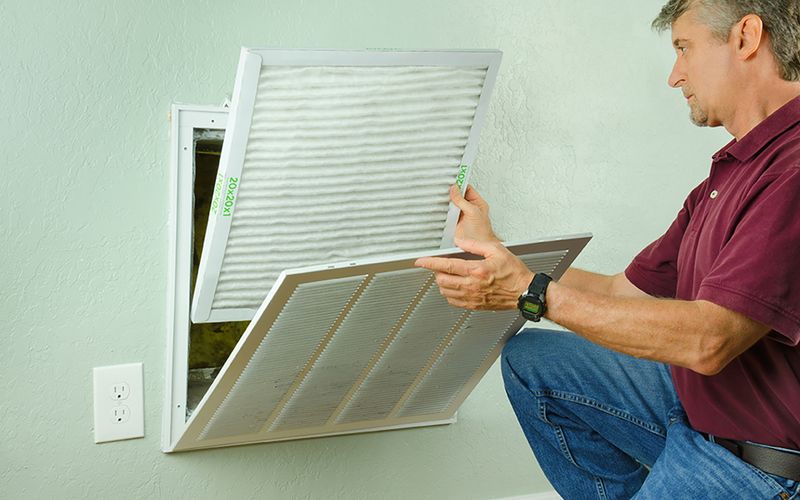
Regularly changing HVAC filters is crucial for maintaining good air quality. High-efficiency filters trap pet dander and other allergens, preventing them from circulating. Schedule filter changes every one to three months, depending on your home’s needs.
Opt for filters with a MERV rating of 10 or higher for effective allergen reduction. This practice supports your HVAC system’s efficiency and extends its lifespan.
By keeping filters clean, you reduce allergy symptoms and improve indoor air quality. This simple yet impactful task plays a significant role in creating a comfortable living environment for both you and your pets.
Opt for Hard Flooring

Choosing hard flooring over carpets can reduce allergens in your home. Hard surfaces like wood, tile, or laminate are easier to clean and don’t trap pet dander. Regular sweeping and mopping keep allergens at bay.
If replacing carpets isn’t feasible, consider using low-pile rugs that can be washed frequently. This alternative helps minimize allergen build-up while maintaining comfort and style.
Flooring choices can dramatically affect your allergy symptoms. Opting for hard flooring is a proactive step toward managing allergies, ensuring a cleaner and more allergy-friendly living space.
Wash Pet Toys Regularly

Pet toys can harbor allergens. Regularly washing them helps reduce this risk. Use mild soap and warm water to clean both plastic and fabric toys. Ensure they are rinsed thoroughly and dried completely before returning them to your pet.
Inspect toys for wear and tear; replace them when necessary to maintain hygiene. This practice not only minimizes allergens but also extends the lifespan of your pet’s toys.
A clean toy collection contributes to a healthier home environment. Remember, maintaining toy hygiene is an integral part of managing pet allergies effectively. Enjoy playtime with peace of mind!
Reduce Upholstered Furniture
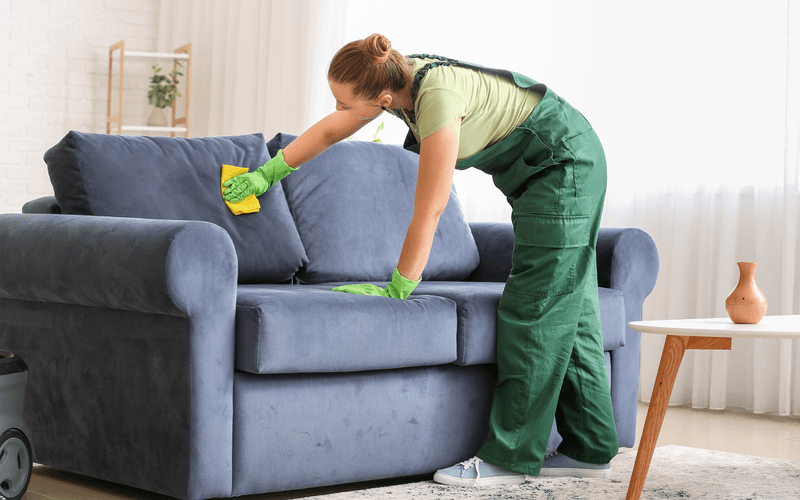
Opting for less upholstered furniture can help manage allergies. Upholstered items trap pet dander and allergens, making them harder to clean. Consider leather or synthetic alternatives that can be wiped down easily.
If replacing furniture isn’t possible, use washable covers for your existing pieces. Regularly launder these covers to minimize allergen build-up.
This adjustment not only helps with allergies but also simplifies cleaning routines. Choosing furniture that aligns with your allergy management strategies enhances your living space’s comfort and aesthetics.
Frequent Pet Grooming

Regular grooming is essential for managing pet allergies. Brushing your pet outdoors reduces the amount of dander and loose fur inside your home. Use brushes designed for your pet’s coat type to avoid discomfort.
This routine not only minimizes allergens but also promotes your pet’s health by preventing matting and skin issues. Schedule grooming sessions at least once a week, adjusting frequency based on your pet’s needs.
Grooming strengthens the bond with your pet while contributing to a cleaner living environment. Make grooming a pleasant experience for both you and your pet by rewarding them with treats.
Use Anti-Allergen Sprays
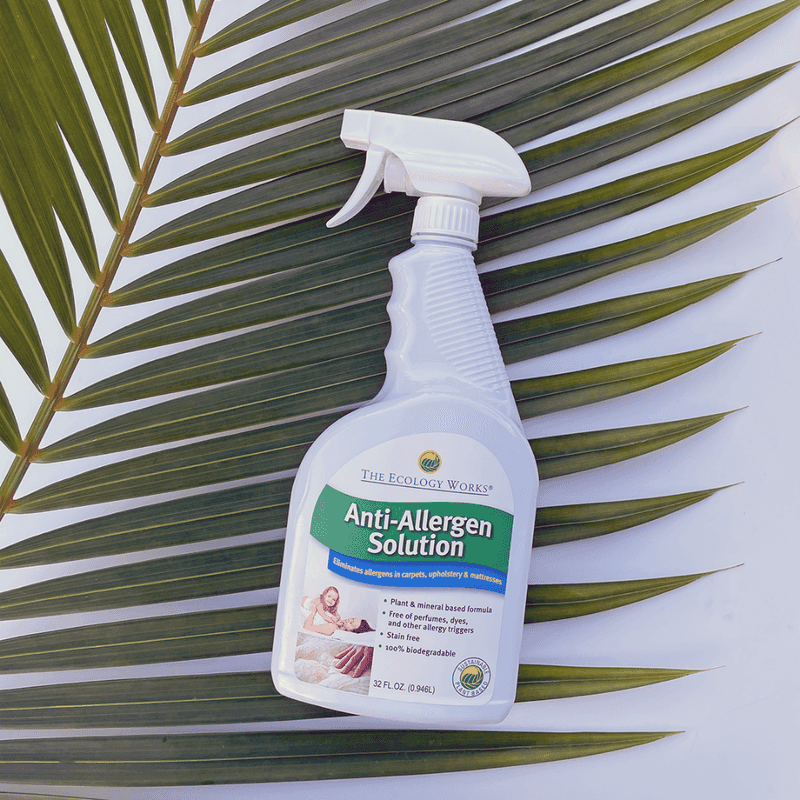
Anti-allergen sprays can reduce allergens on surfaces. These sprays work by neutralizing proteins that cause allergic reactions. Use them on furniture, curtains, and carpets to minimize allergen presence.
Follow the product instructions for best results, and test on a small area first to ensure there’s no discoloration. Regular application maintains a healthier home environment.
These sprays are an easy addition to your cleaning routine. With consistent use, you’ll notice an improvement in allergy symptoms, allowing for a more comfortable coexistence with your furry friends.
Dietary Adjustments for Pets

Adjusting your pet’s diet can impact their skin and coat health, reducing dander production. Opt for hypoallergenic pet food that supports skin integrity and minimizes shedding. Consult with your veterinarian for dietary recommendations tailored to your pet’s needs.
By improving your pet’s diet, you not only enhance their health but also manage allergy symptoms. Remember, dietary changes should be gradual to prevent digestive issues.
A well-balanced diet is a foundation for your pet’s overall well-being. These adjustments can lead to a noticeable decrease in allergens, benefiting everyone in the household.
Install Window Screens
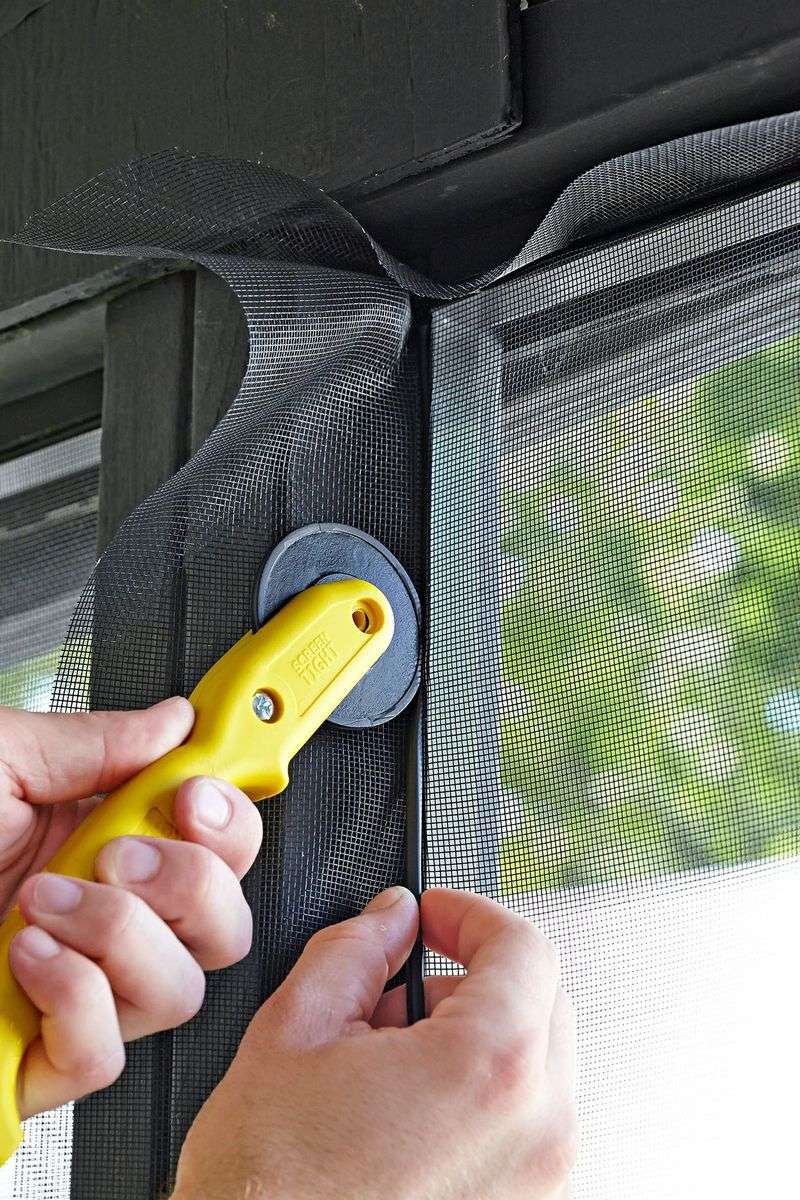
Installing fine mesh screens on windows helps keep outdoor allergens at bay. This addition allows you to enjoy fresh air without inviting pollen and outdoor dander inside.
Ensure the screens are fitted properly and free from tears or gaps. Regularly clean screens to prevent allergen accumulation.
Window screens are a straightforward upgrade that contributes significantly to allergy management. They offer a balance between ventilation and protection, creating a more comfortable indoor environment. Incorporate this simple yet effective solution to enhance your home’s allergy defenses.
Regularly Wash Curtains
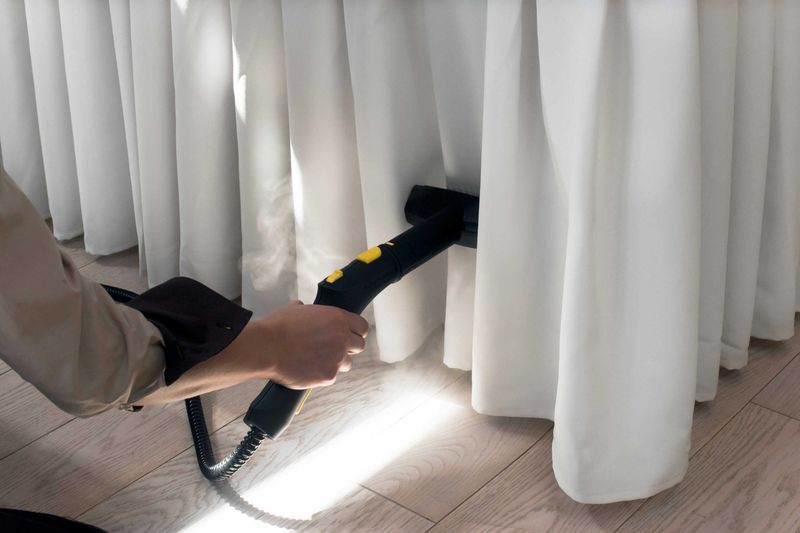
Curtains can attract dust and allergens. Regular washing helps keep them clean and reduce allergen build-up. Choose machine-washable fabrics for easy maintenance.
Wash curtains every few months, or more frequently if needed, to maintain a fresher home environment. Consider replacing heavy drapes with lighter, washable options.
This practice not only helps with allergies but also revitalizes your living space. Clean curtains contribute to improved air quality, making your home more welcoming and comfortable for both you and your pets.
Keep Windows Closed During High Pollen Days

On days when pollen counts are high, it’s advisable to keep windows closed. This simple action prevents outdoor allergens from entering your home. Monitor local pollen forecasts to stay informed.
Use air conditioning and air purifiers to maintain indoor comfort without opening windows. This approach reduces the influx of allergens, maintaining a cleaner indoor atmosphere.
By managing pollen exposure, you create a more allergy-friendly environment. These precautions allow you to enjoy your pet’s company with fewer allergy disruptions, enhancing your overall quality of life.
Invest in Allergy-Reducing Bedding
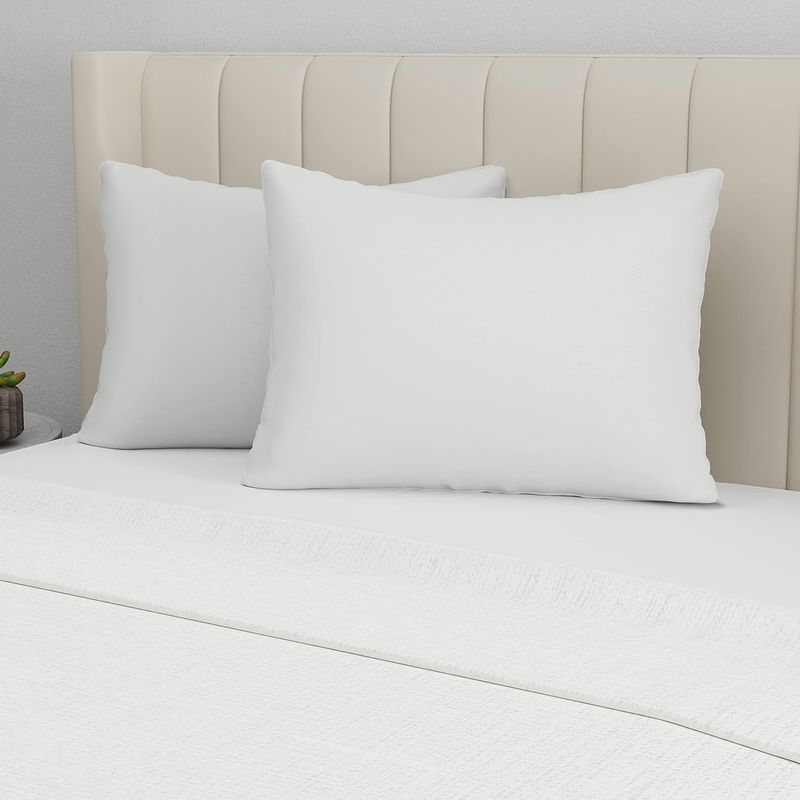
Allergy-reducing bedding can make a significant difference in sleep quality. Hypoallergenic pillows, covers, and sheets minimize allergen exposure during rest. Opt for materials that resist dust mites and are easy to wash.
Regularly washing bedding in hot water further reduces allergens. Replace old bedding items that may harbor more allergens over time.
This investment not only improves sleep but also complements other allergy management efforts. Enjoy a restful night’s sleep with fewer disruptions, waking up refreshed and ready to spend quality time with your pet.
Consult with an Allergist

Consulting with an allergist provides personalized strategies for managing pet allergies. An allergist can perform tests to identify specific triggers and recommend treatments like antihistamines or immunotherapy.
Discuss your symptoms and lifestyle with your allergist to receive tailored advice. They can guide you on preventive measures and effective medications to alleviate symptoms.
Building a relationship with an allergist empowers you to take control of your allergies. With their expertise, you can enjoy your pets while minimizing allergic reactions, enhancing your overall quality of life.
Use Allergy-Friendly Cleaning Products
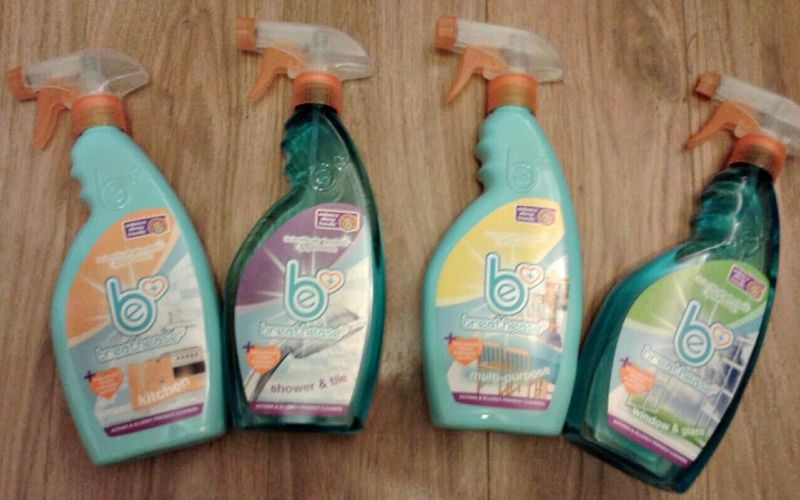
Choosing allergy-friendly cleaning products can reduce irritation. Avoid harsh chemicals that may exacerbate symptoms. Opt for natural or hypoallergenic formulas designed to minimize allergens.
Use these products for daily cleaning tasks like wiping surfaces and mopping floors. Test new products in small areas to ensure compatibility with your home.
Incorporating allergy-friendly options into your routine supports a healthier living environment. These products are a vital part of an effective allergy management strategy, allowing you to enjoy a cleaner, more comfortable home with your beloved pets.

